
Zanzibar has been on my radar for so many years. I’ve always wanted to visit it since I saw some pictures online and while researching stumbled on a post by Lee of Spirited Pursuit who captured the essence of the island beautifully. Pictures of its pristine white sand beaches bordering crystal clear waters have beckoned unto me through the years. Zanzibar is an archipelago of four islands off the coast of Tanzania. Because of its strategic location along the spice and slave trade routes in the Indian Ocean, Zanzibar has been a stronghold for many countries throughout its history. Oman even declared Zanzibar its capital for 30 years in 1832. Zanzibar then became a British protectorate until it joined Tanganyika in the 1960s to form Tanzania. Often referred to as the Spice Island , spice trade still constitutes an important part of the island’s economy, but if you are like me, you’ll want to visit it for the delicious food and fresh daily catch.
My visit to the island was wrapped in great anticipation and excitement as I looked forward to immersing myself in its history, culture and must of all food.

My first day in Zanzibar I booked a walking tour of Stone town that ended at the Emerson Spice hotel were I had reservations for High Tea. I’ve attended many tea ceremonies during the course of my travels but the one at the Emerson stand out. Because Zanzibar has Arabic influences and is predominantly muslim, the Emerson merges history beautifully in this event and the treats are delicious. My favorite tea was the “Happy Tea” and I drank the entire pot :D.
The Emerson on Huruzumi (There are two: EMERSON SPICE and EMERSON ON HURUMZI. the original hotel offers a sunset dinner experience that is not to be missed. The meals are served on the rooftop in a Persian/Omani style, overlooking stone town with the ocean gleaming in the distance and just as dinner is about to begin the entire town erupts into a melodious cacophony of evening prayer calls from the mosques in the town. Dinner is accompanied by local Taarab musicians in the flickering light of candles.






Stone town is a fascinating place, it’s crammed alley ways, the beautiful carved doors, the shops, the architecture and history. One can spend days exploring it with its juxtapoz culture of piety that lifts as dusk approaches giving way to a free spirit; from the exciting batter of voices at the night market where the youth and tourist converge, to the beat of music from the nightclubs and lounges where they rub shoulders dancing to the latest hits.

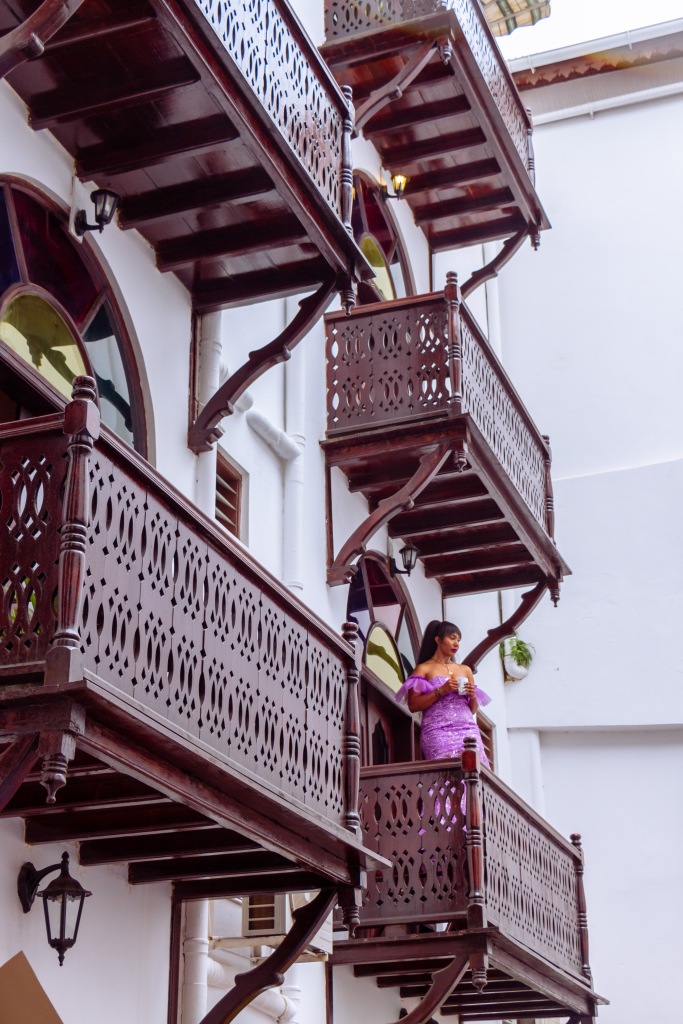

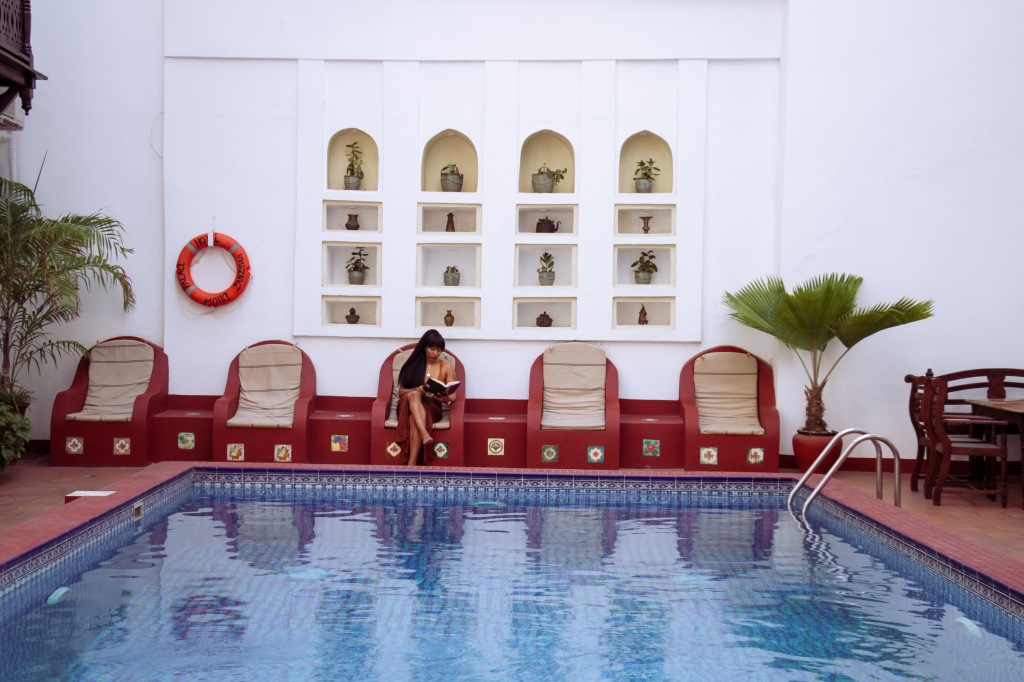
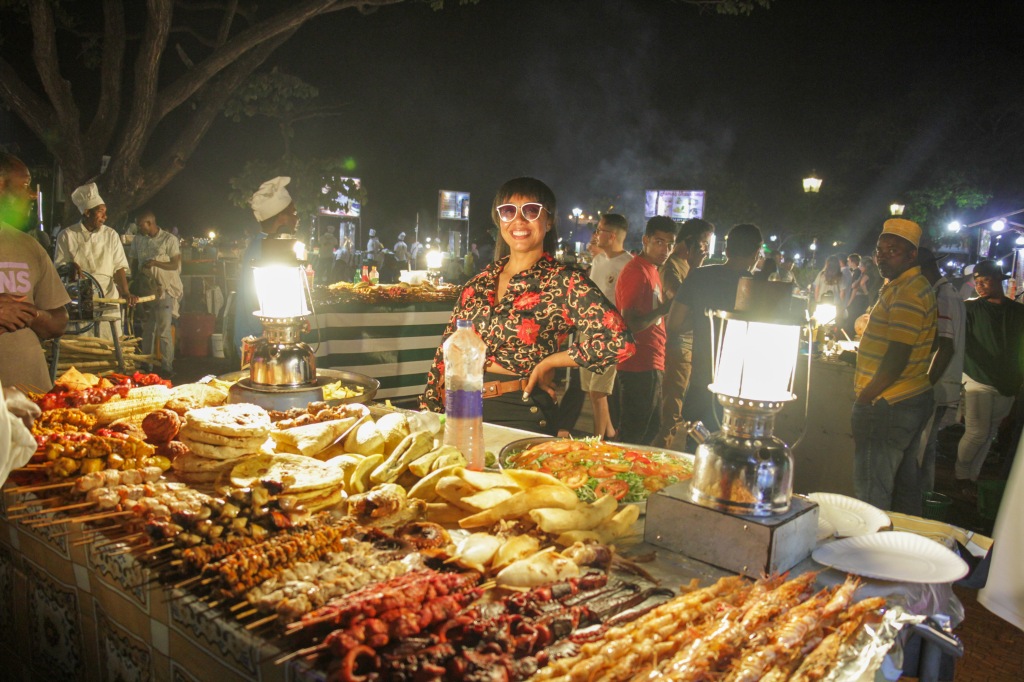

The island isn’t too big and one can book day trips from stone town to must places like Nungwi, Pingwe, Paje,Fumba or Prison Island. Honestly, it’s hard to classify the beaches so I’ll just share my experiences and what I liked best about each place I visited.
NUNGWI
This region is most known for the Turtle sanctuaries which was a great experience. There are two sanctuaries here but I liked the Baraka Natural Aquarium best. It’s best to go at high tide (afternoon from 4 PM) when the water is higher so the turtles have more room to swim around but the drawback is: most people come at this time so it gets crowded and the water gets murky. Solution: stay past 5:00 PM and you’ll have the place to yourself or if you don’t intend to swim in the water, you can visit early in the morning. Be advised, some of the turtles bite, so make sure the food is in the water and don’t taunt them with it because they come for it. You’ll hear their mouths snapping as they reach for the food.
Kwendra Rocks beach is located on the west side of Nungwi and you should definitely visit this beach especially later in the afternoon before sunset. The energy on this beach is unparalleled and the Sunset is gorgeous. There is so much to do around this beach, from joining a musical Dwoh boat ride, to participating in motorized water activities or simply laying on the powder soft sand to watch the locals and visitors sweat it out at a soccer game.
The Kwendra Rocks Hotel offers drinks and food and there are many local restaurants that offer international cuisines but what’s the point of travelling abroad to eat the same things you’ll eat home. Travel is an opportunity to try new things so why not eat where the locals go? If you are with me on this then the best place in Nungwi is Anty Muni’s Restaurant; a little roadside shack with the most delicious Tanzanian food.


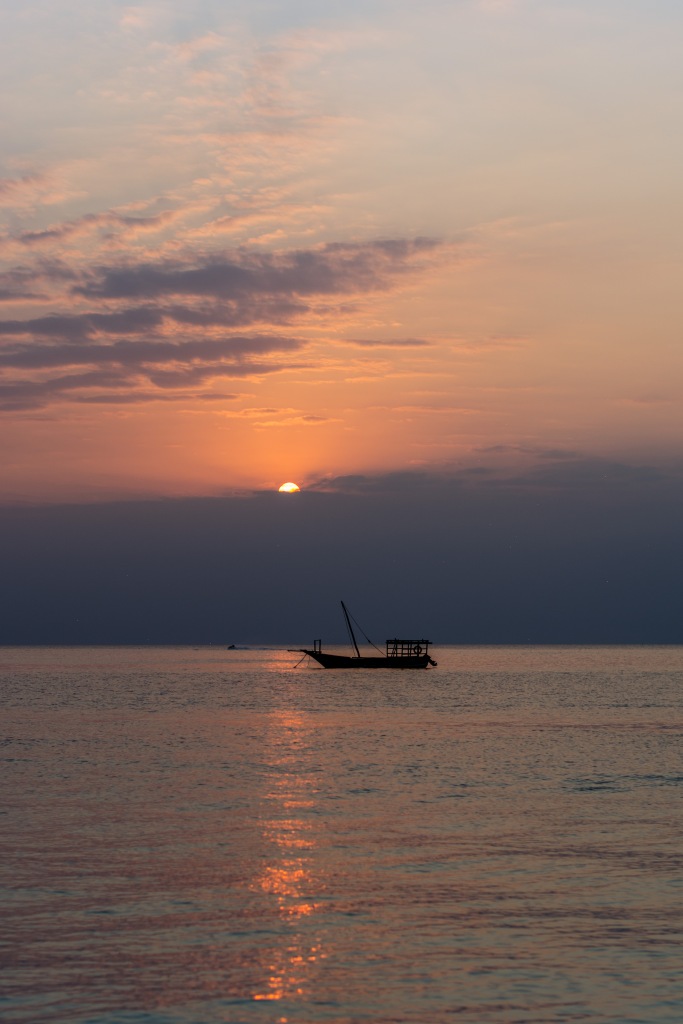
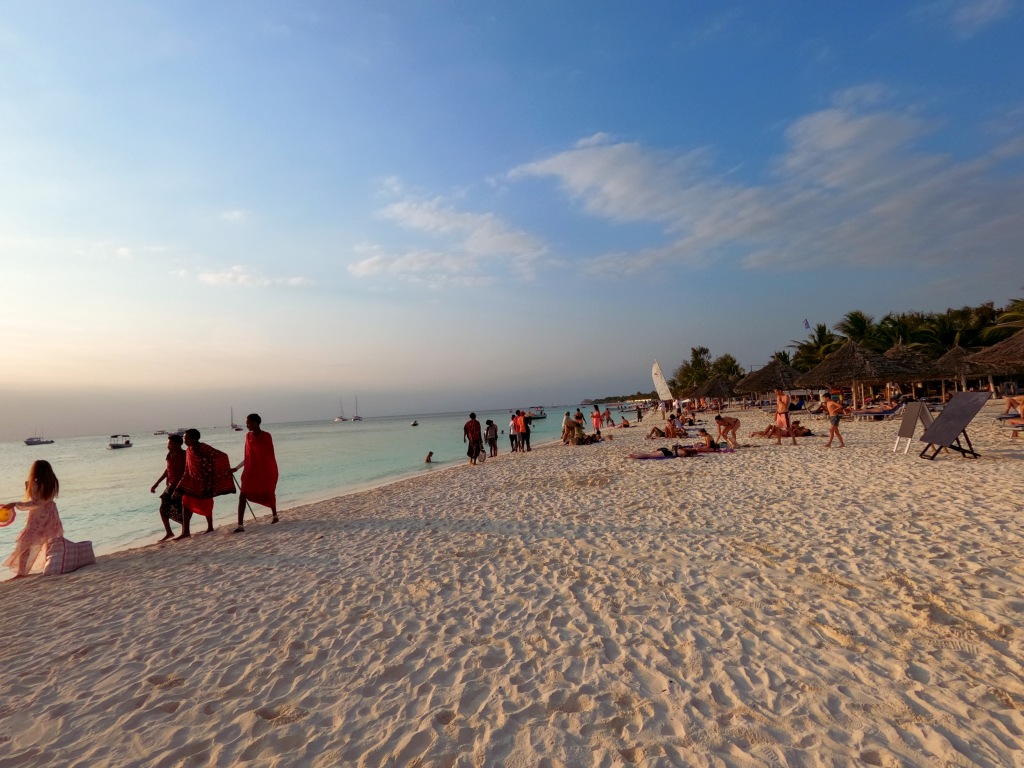
PAJE
Paje is most known for the famous Rock Restaurant, a midscale dining establishment located on a rock formation which is accessible by foot during low tide but at high tide is only accessible by boat. The only other fun thing to do in Paje, is can catch a Dhow boat and sail out to sea where you’ll find lots of starfish. The water is a turquoise blue but the beach isn’t exceptional. If you plan on walking to the Rock hotel at low tide, make sure you bring water shoes to protect your feet from the urchins littering the sand.





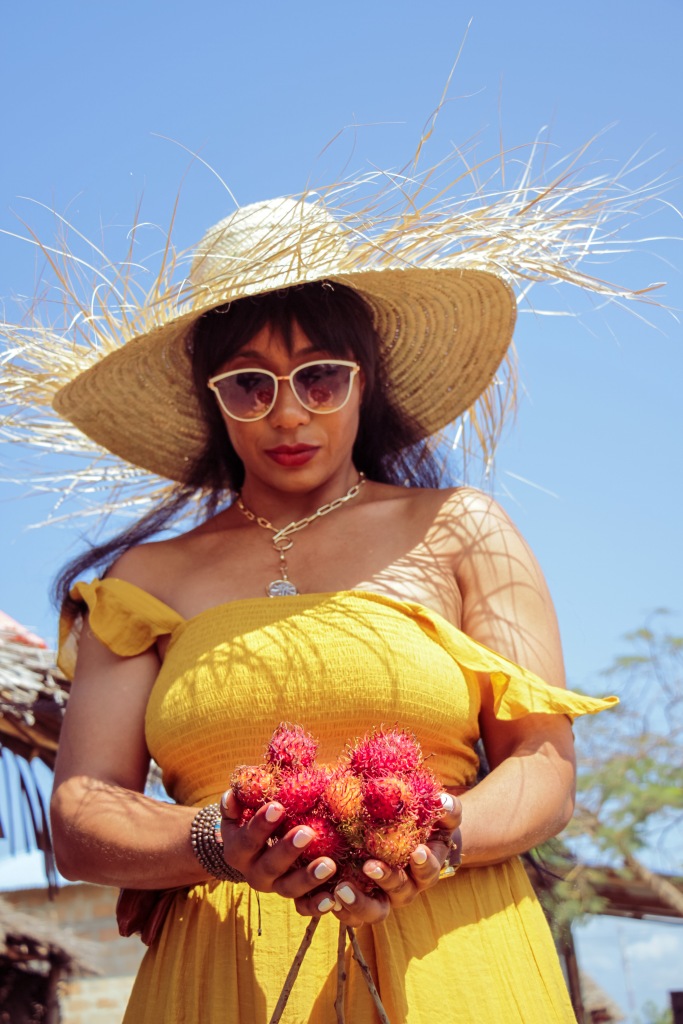
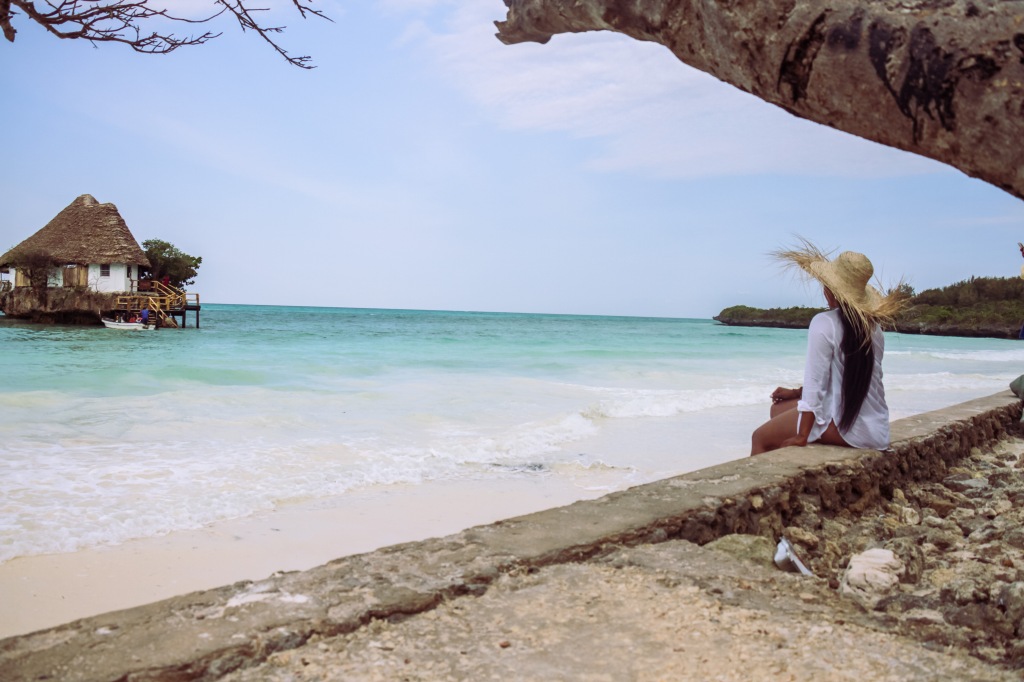


FUMBA ISLAND\ZANZIBAR CANAL
Another fun day trip is from the town of Fumba to Fumba Island. This expedition with Safari Blue takes you on a local boat to a sandbank where you sunbathe while eating fruits provided by the tour operator. They also stop in the zanzibar canal where you can snorkel in blue water full of colorful fish. After a fun filled day, the tour stops for lunch on the Island of Fumba. There are many artisanal sheds here where you can buy cool souvenirs .
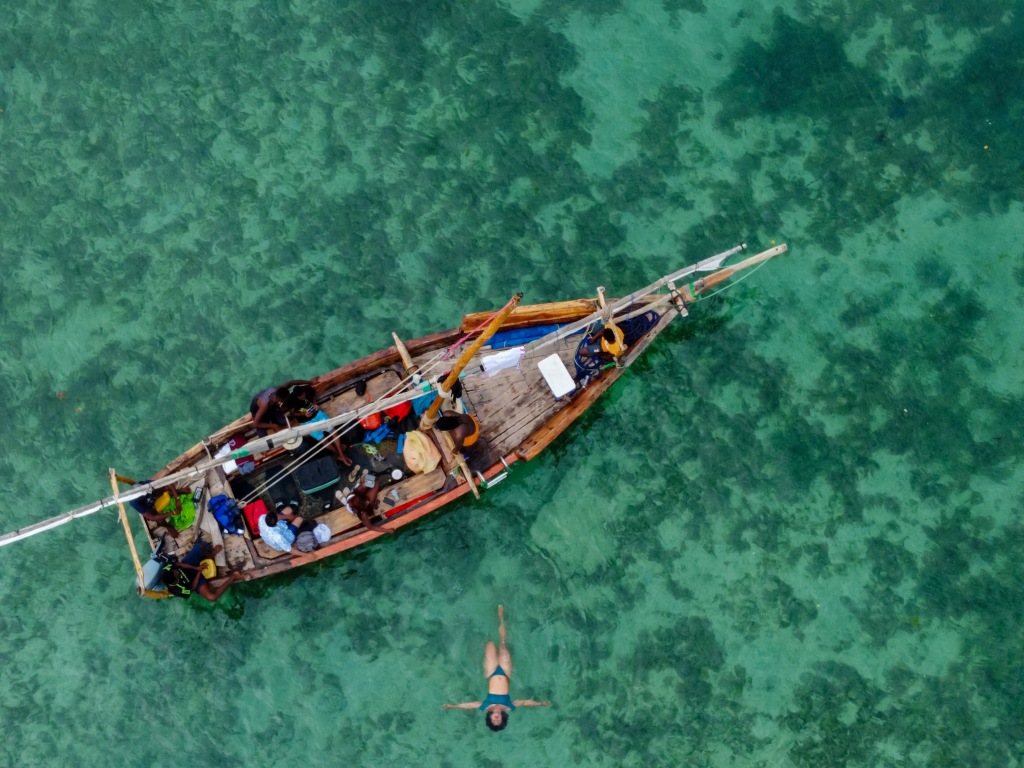
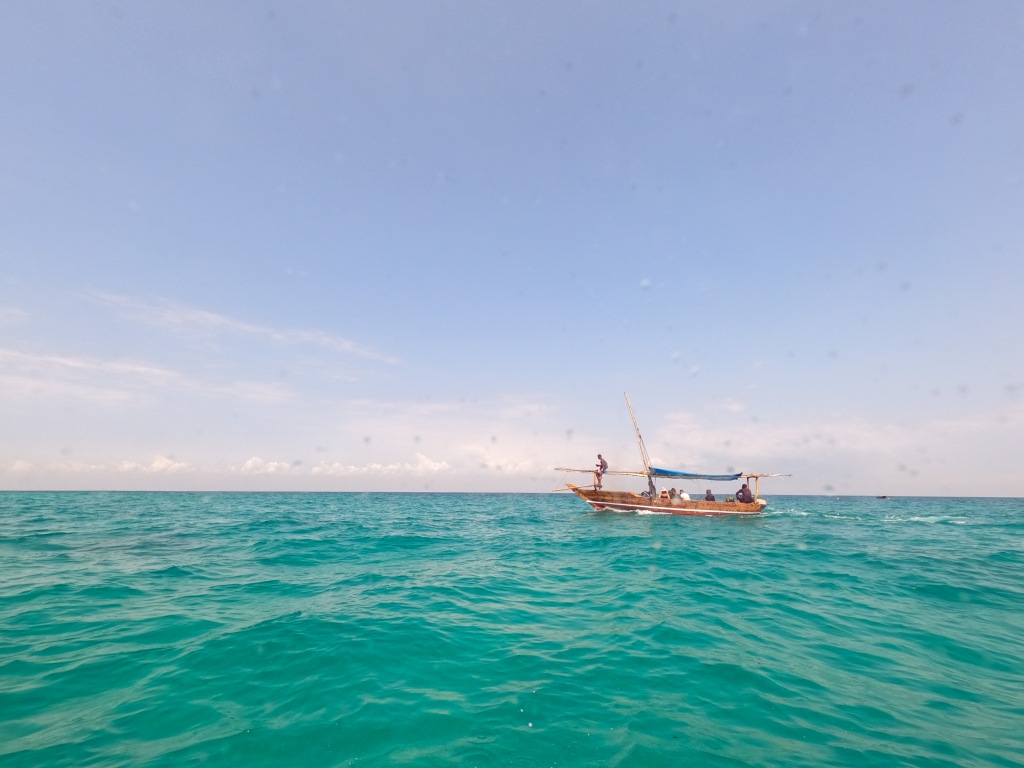



Mnemba / Bill Gates Island
This is actually a private island and only visitors lodge in it’s resort are allowed on the island but it’s surrounded by gorgeous, turquoise colored waters teeming with colored fish due to the corals and the best snorkeling spot in Zanzibar. Boats depart from the Mnemba beach and take tourist out to the open waters for snorkeling.


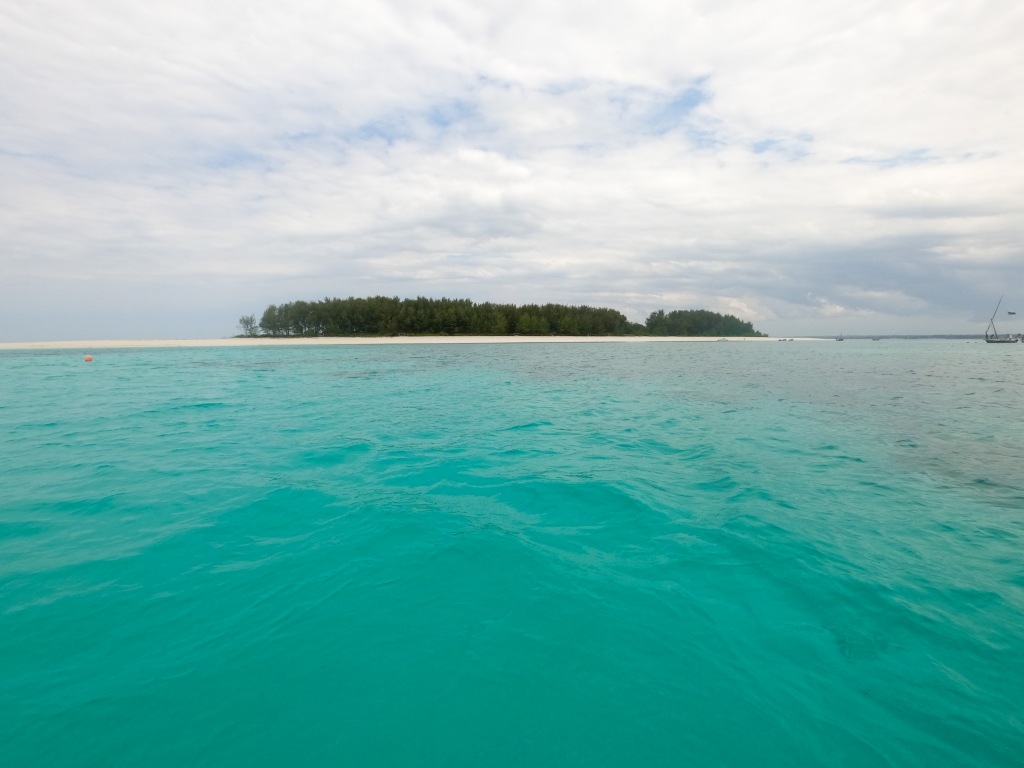


You probably were not aware that the sea turtles in Zanzibar are exploited for various uses including their meat, eggs, shells to be made into souvenirs, and even the sale of live turtles. Please do not go to these types of places or events as it encourages more of it. The sea turtles are not free, the area is not clean for them; they are being exploited for profit, often disguised as conservation projects or sanctuaries. Any captive animals that are handled by visitors, even if it is labeled a sanctuary, is not an ethical even or ethical sanctuary.
LikeLike
Hello Andrea, this is the first time I’m hearing of this. Thank you for your comment, I’ll research more on this.
LikeLike